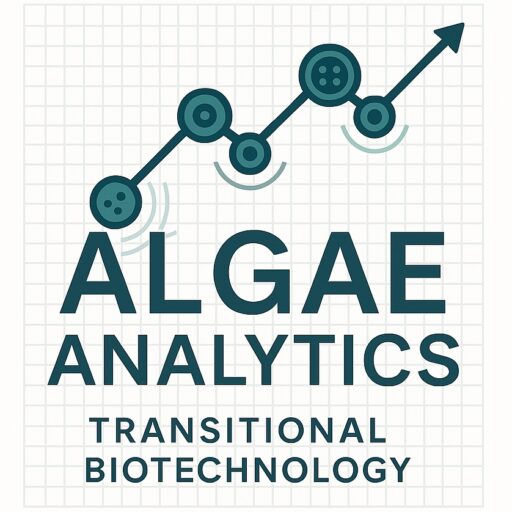Algae Blooms: A general discussion
Algae blooms threaten public and environmental health. Certainly, better understanding of blooms is a first step towards helping to prevent them. Here is a general description of algal blooms for those interested in the topic.
Algae are often quick to respond to changes in the environmental in order to take advantage of favorable conditions. Each algae species responds to environmental variables in different ways. For example, one species of algae may grow very quickly in hot temperatures while the same temperature would kill another species. Now think of all of the environmental variables working together to create the suite of conditions that an algae species lives in. It is a complex interaction of conditions that creates the current state of being, for the algae.
Another way to think of this is that when some condition is not favorable for a species, that condition is limiting the potential growth of an algae poplulation. In a population of alga the response to growth can be almost immediate, meaning that they can begin to divide, one cell into two to produce the next generation at a moments notice. Under very good conditions (less limiting variables) some algae may do this a few time per day, which can result in bloom conditions, leading to masses of algae in the water.
Algae blooms and their increasing frequency are likely due to the use of synthetic fertilizers in commercial agriculture, namely phosphates. Fertilizers are applied to increase the productivity of the target crops (corn, soy..), all of which is not used by those plants. The excess fertilizers are washed from the fields by rainwater and into waterways, surface water impoundments, lakes and coastal habitats. Algae, like plants, enjoy this fertilizer, and given that other conditions are favorable, like temperature, grow as fast as possible to take advantage of these wonderful resources.
Algal blooms negatively affect drinking water supplies, water recreation, fisheries and the other organisms living in the area. Some of the algae that bloom produce toxins which can harm humans, pets, livestock and wild animals. The toxins released by that algae can contaminate shellfish and other seafood, making huge economic impacts in affected areas. Besides the toxins, the biomass left behind by the dying bloom begins to decay, creating dead zones in the water where oxygen is depleted (eutrophication) by the decomposition process.

Here a bloom a kelp has washed ashore on Block Island, RI.
In recent years, scientists and regulatory agencies have become more interested in dealing with the problem of algal blooms. The EPA is considering adding algal toxins to its list of water contaminants monitored by the Clean Water Act. Besides being and interesting scientific topic, algae blooms are important for public and environmental health. Targeting and mitigating the causes of algal blooms is complex, but increasing understand should help to speed up the process. Educating ourselves and students about this topic provides a great opportunity for learning.
Topics that could be covered related to algal blooms include:
- Agriculture
- Water Quality
- Ecology
- Biology
- Public Policy
- GIS
- Statistics
- Math
- Use of Technology
- Algal Identification




